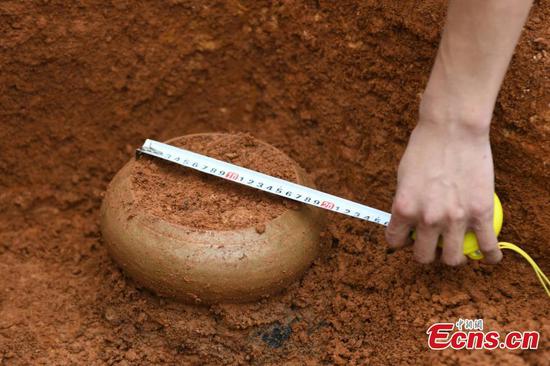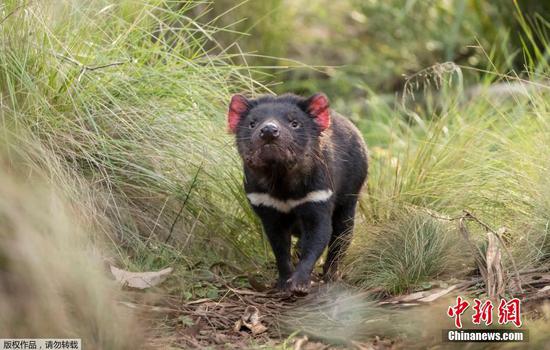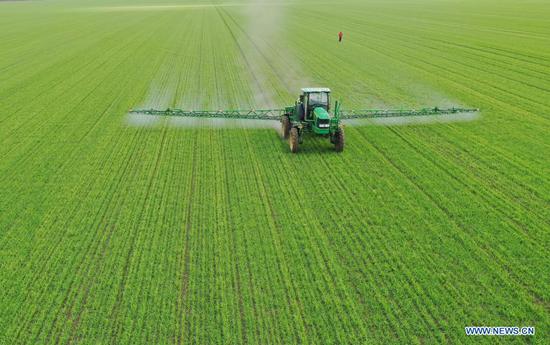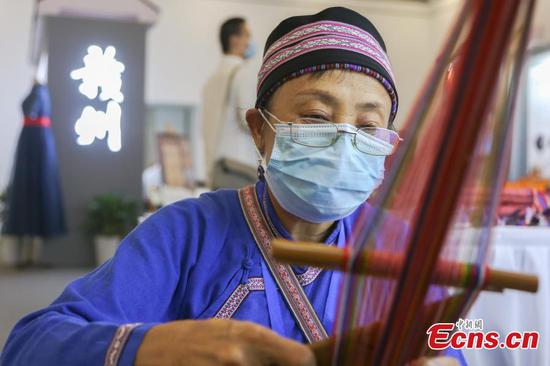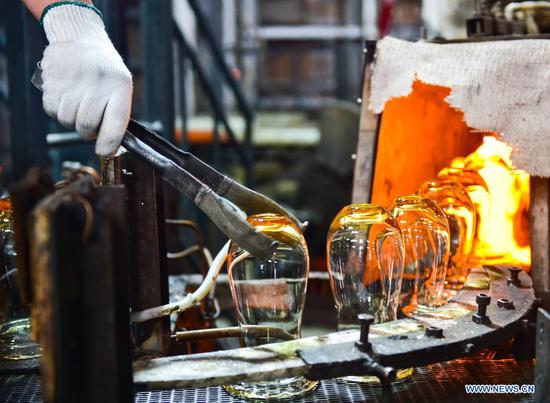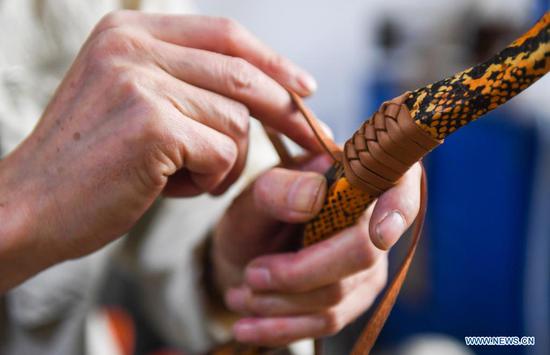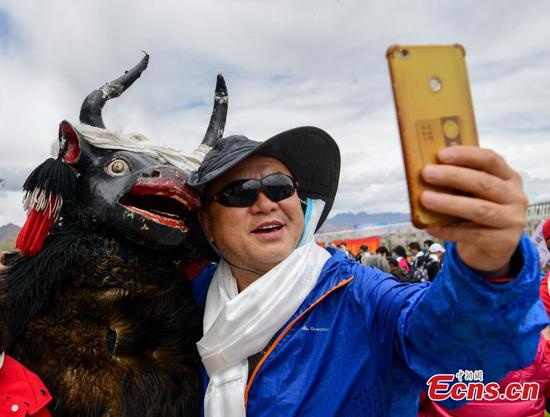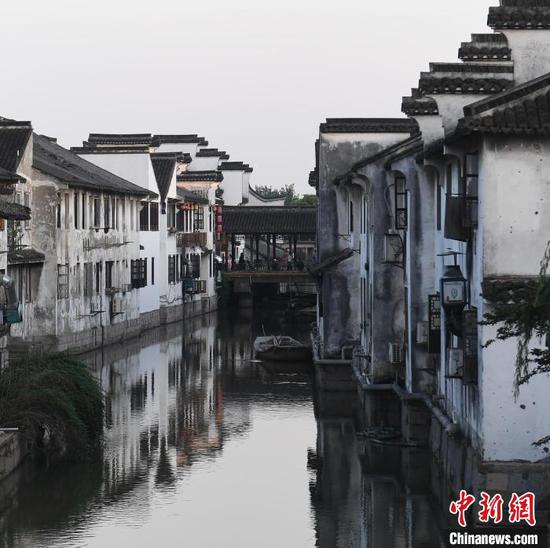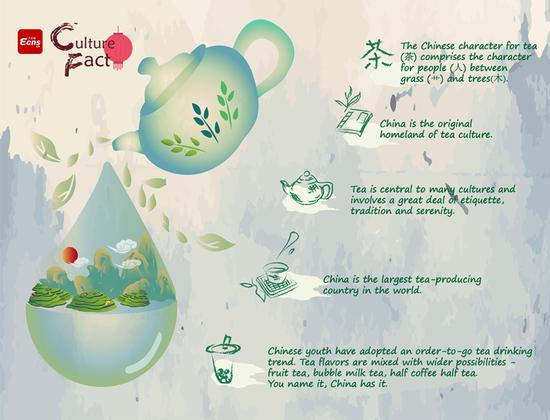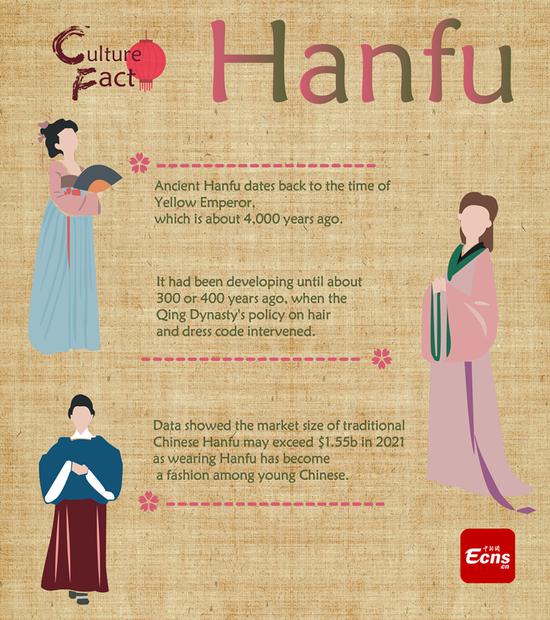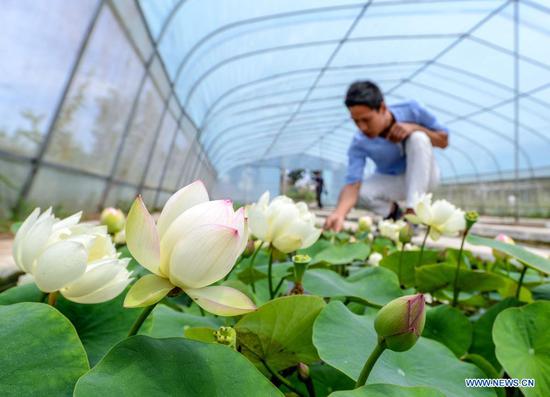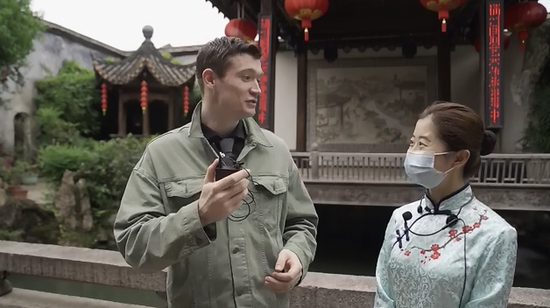Archeologists have unearthed more than 1,000 significant relics at the six new sacrificial pits of the legendary Sanxingdui Ruins site in southwest China.
The excavation of the No.3 to No.8 sacrificial pits, which began in the second half of last year, is progressing smoothly, said Tang Fei, chief of the Sichuan Provincial Cultural Relics and Archaeology Research Institute.
Relics in the No.3 pit are mainly bronzewares and ivories, both of which have exceeded 100 pieces. Among the bronzewares, such as trees and large masks, a bronze figure with a square altar-shaped bronzeware held up in his hands has never been seen before. Jade and stone tools and gold and seashells were also found in the pit.
Also from the No.3 pit revealed an extremely rare bronze ware of 115 cm high, with its lower part a bronze figurine with clasping hands in front of the body and its head topped with a square plate. Attached to the plate is a rectangular bronzeware with exquisite dragon decorations.
The No.4 pit has a large number of relics. So far, archeologists have unearthed 534 pieces, including ivories, gold, jade, stone, bronze, potteries, bones, textiles, and lacquerwares. From the pit, residues of silk were unearthed for the first time at Sanxingdui. Archeologists also found plants, such as bamboos.
The No.5 pit saw tiny artifacts such as various fragments and beads. There are many round perforated gold pieces buried in this pit, which are probably clothes decorations. So far, 146 pieces of relics have been unearthed, including gold masks and bird-shaped gold ornaments.
A well-preserved wooden box with cinnabar coated on the inside was found in the No.6 pit, which was the first of its kind at Sanxingdui.
From the No.7 pit, which has just been excavated to the relic layer, ten ivories have been exposed.
The No.8 pit mainly saw bronzewares, jade, gold foils, and stone tools. Larger bronzewares were mostly broken consciously, and the fragments were mainly from bronze trees. There were also many gold foils scattered in the ashes, some of which were identified as golden leaves. Pieces of textiles that were not completely burned were also found on some bronze fragments.
The Sanxingdui Ruins are dubbed one of the greatest archeological finds of mankind in the 20th century. The site was accidentally discovered by a farmer when he was digging a ditch in the 1920s.
Covering 12 square km, the ruins are in the city of Guanghan in Sichuan Province, about 60 km from Chengdu, the provincial capital, and are believed to be the remnants of the Shu Kingdom, dating back at least 4,800 years and lasting over 2,000 years.
In 1986, 1,720 unique relics were unearthed in the No.1 and No.2 pits, arousing global interest. In October 2019, archaeologists discovered six new sacrificial pits while investigating the area where the No.1 and No.2 pits are located.









